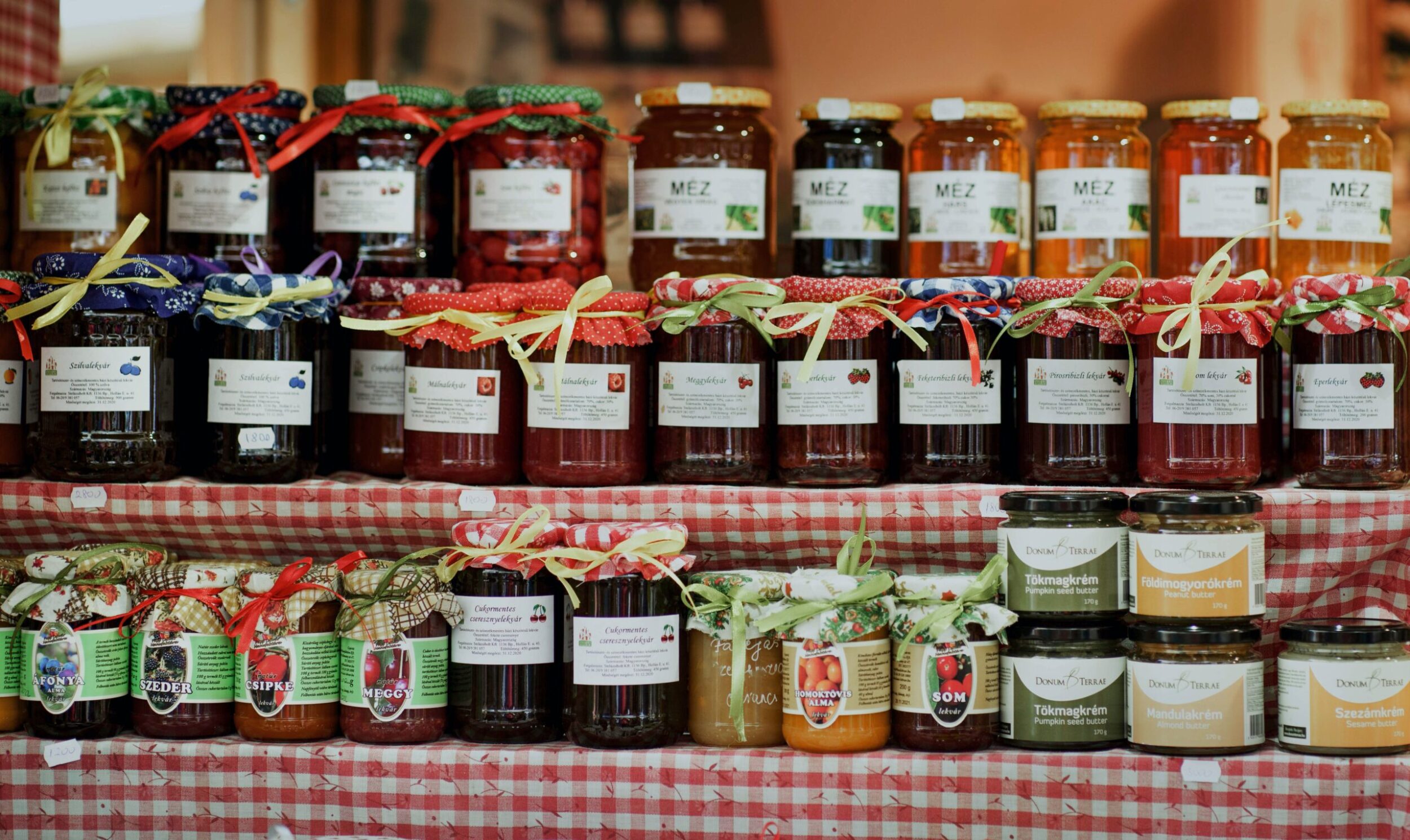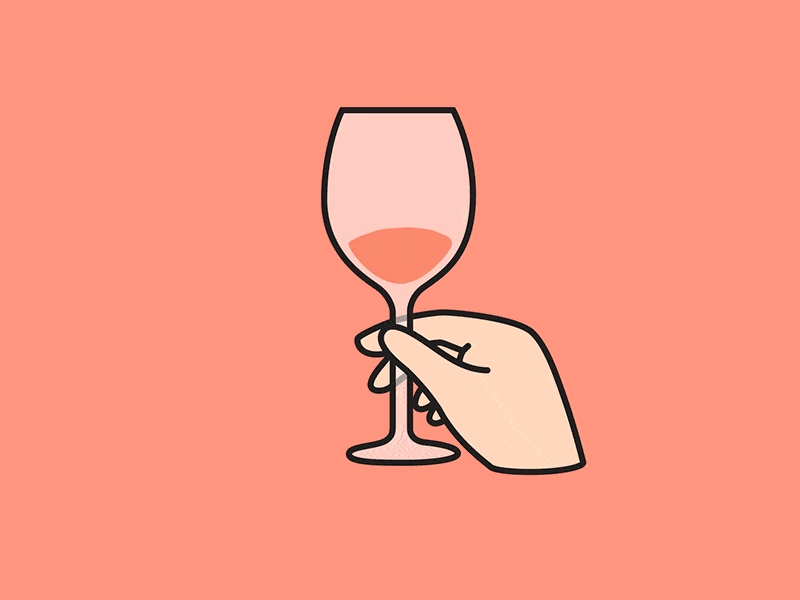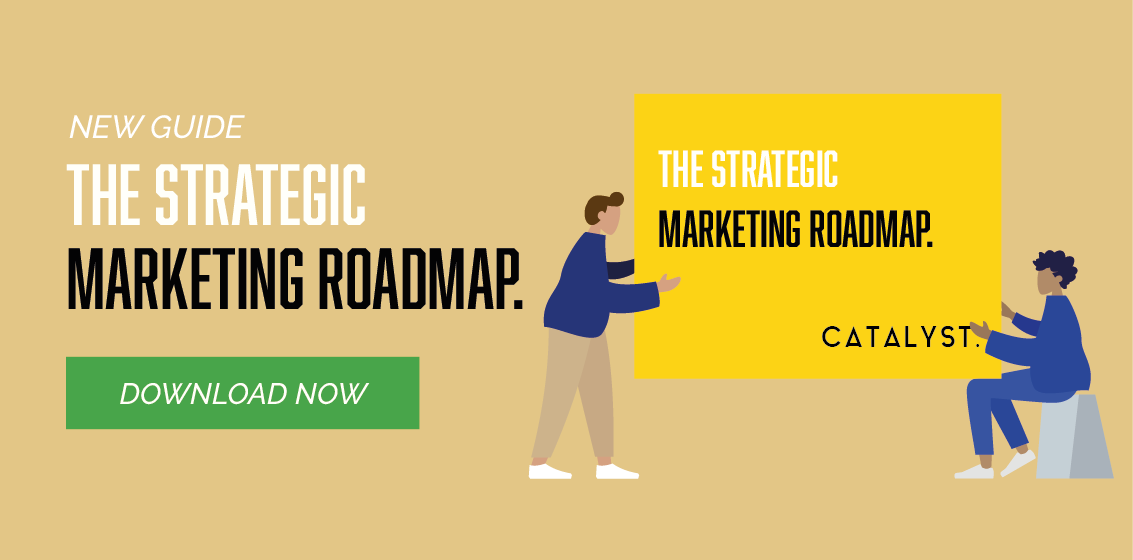Everyday we’re forced to make choices and decisions, but how can you get people to choose your business or product over the others on the market?
Prospects are presented with a choice between buying your product, buying from a competitor or saving their money for another day. Getting someone to part ways with their money can be far easier said than done though, especially with the indecisive nature of many business leaders.
“I used to be indecisive but now I’m not quite sure.”
– Tommy Cooper
So how can you turn more of those ‘not quite sures’ into real, paying customers? Here are a few of the most interesting and useful psychological principles businesses take into account in their pricing strategies.
1. mental accounting
One theory that could account for the pain of spending money is the process of ‘mental accounting’.
This is the idea that consumers place different values on money that they receive from different sources.
For example, more value is placed on money that has come from years’ worth of savings than money that was encountered by chance or given to you by someone else even though they are physically worth the same.
If we feel as though we are having to dip into savings to fund something then we are far less likely to purchase.
What does this mean for your marketing?
This can be important to take into account when dealing with business owners; someone who is simply given a budget will of course need to see value in what you offer, but business owners in particular will likely scrutinise over proof points.
Be sure to have a strong set of case studies in your arsenal for whenever they’re required; if somebody’s spending their own cash reserves which have been built up over time, they’ll need that extra bit of convincing.

2. default options
Choices always seem easier when we don’t have to make them.
Default options present the perfect opportunity to take decisions out of consumers’ hands when they may be indifferent or too conflicted, as it creates a pre-set course of action that they can easily take with no thought necessary.
Restaurants with a massive menu make it pretty difficult to make a decision.
A simple menu though with just 7 or 8 options makes it much easier (and we’re also a lot less likely to get food envy too!)
An even easier decision is when we’re in a Fine Dining restaurant and the choices are already made for us.
Defaults mean that consumers feel that they already own something before they legitimately do, they act as a nudge when there is uncertainty in decision making and encourage the consumer to make that purchase.
When a default option isn’t, well, an option, then it is often tempting to generate “choice overload” by presenting too many choices on the basis that the customer is more likely to find what they are looking for.
In 2000, American psychologists Sheena Iyengar and Mark Lepper published a study on jam. On two separate days customers at a food market were given the opportunity to sample jams: on one of the days, there were 24 jams available to try, but on the other day, there were only 6.
The result of this experiment clearly presents the paradox of choice, although the 24 jams attracted more interest there was far fewer conversions to sales than on the day where there were only 6 jams.
What does this mean for your marketing?
Sometimes more choice isn’t better. This goes back to the old Henry Ford saying:
“You can have it in any colour, as long as it’s black.”
While he may have been limiting choices for industrial purposes rather than to boost sales, using this mantra in your product and service selection process will likely increase your conversion rate by making the purchasing processes less thought-inducing.

3. the decoy effect
The Decoy Effect is a pricing strategy that makes us think we’re getting more for our money, but in reality we’re doing exactly what the producers want us to do. It works by adding a third choice for consumers to paint the illusion of greater value.
Consider the pricing strategy of a restaurant serving two options of red wine.
Initially the restaurant presents two options of red wine: one bottle costing £15 and the other bottle costing £20.
The restaurant wants the customers to choose the more expensive option but the extra £5.00 in price compared to the difference in product makes this option appear to have little value for money. So the customer buys the £15 bottle instead.
In order to get the customer to spend more money the restaurant should have a third option that costs £22. In comparison to the other 2 prices, the medium option at £20 seems a more reasonable price. It seems like a compromise.
What does this mean for your marketing?
This clever pricing tactic can mean maximised income for your business and increased value in the minds of your customers.
You’ll often see this in the marketing strategies of subscription services:

In psychological terms, this is known as The Goldilocks Effect: by having one that’s too cold and another price that’s way too hot, your middle price will always look just right.
When you give a proposal document or quote, it can therefore be a good idea to include a couple of other options in there, one being the absolute full-works. Even if nobody ever goes for it, it gives some nice perceived added value to your offering.
Thanks for reading. Looking for new ways to improve your marketing strategy? Download our new guide – The Strategic Marketing Roadmap – below.
Now you know a few tips to help customers start to choose you, take a look at our strategic consultancy service.
Not generating enough leads or want to boost your conversion rate? Then find out more about our Lead Generation services.

